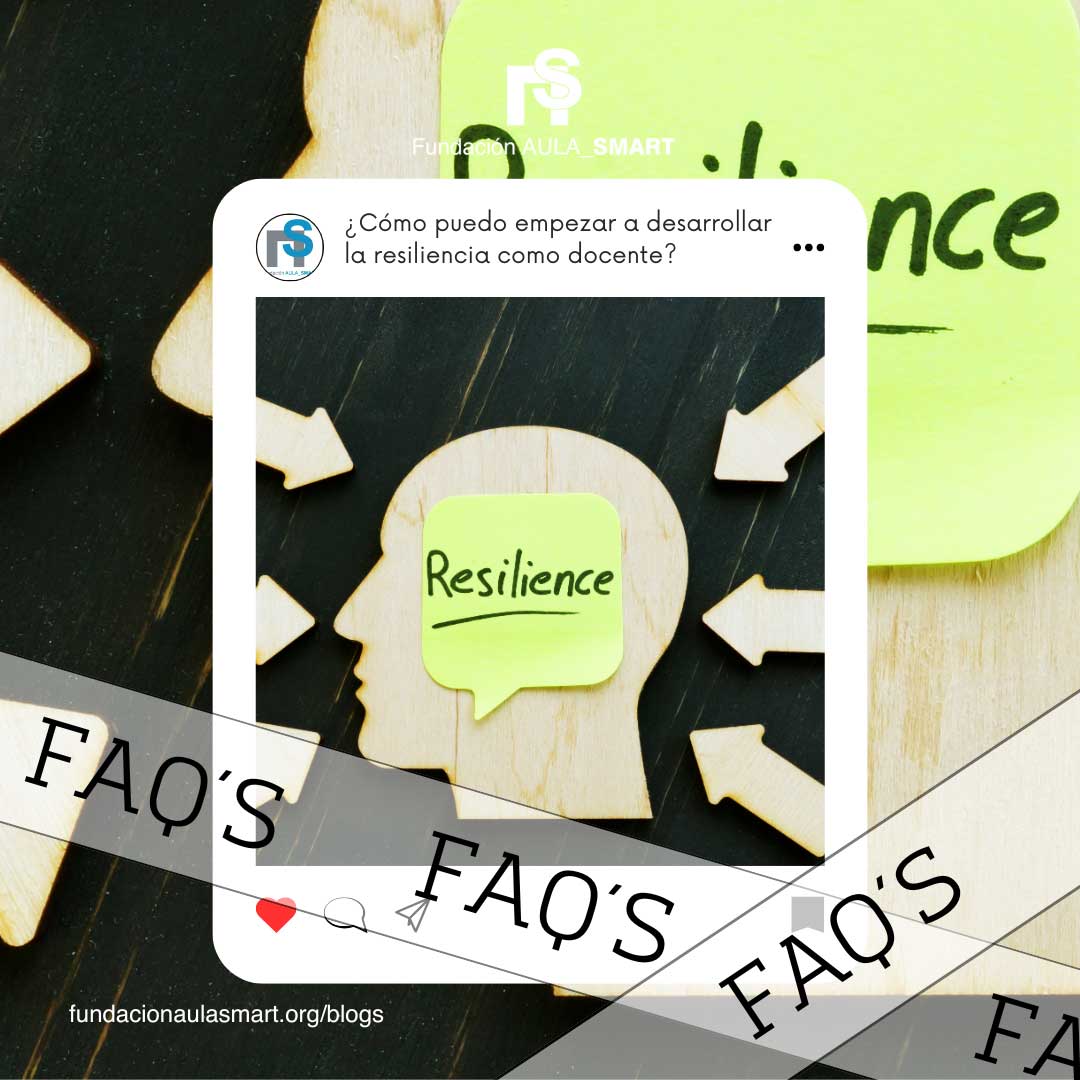Transform learning with game dynamics
Gamification in education is an innovative strategy that uses elements and dynamics of games to promote learning and improve educational experience. This technique does not imply converting class into a video game, but incorporating characteristics such as obtaining points, levels, badges, challenges or classification tables into pedagogical activities. The main objective is to increase students' motivation, promote active participation and, ultimately, improve academic results.
What is gamification?
Gamification, also known as ludification, is the application of typical elements of games design in non -recreational contexts, such as education, marketing or business. In the educational context, it is about using tools and game dynamics to make the learning process more attractive and participatory.
For example, instead of simply asking students to complete an exercise list, the teacher can convert that task into a mission, grant points for each exercise correctly resolved and reward students with a badge when they reach a certain score.
Key elements of gamification
- Clear objectives: Students must have specific goals to achieve, such as completing a level, gaining a challenge or solving a problem.
- Points and rewards: Grant points for completing tasks encourages a sense of achievement. Rewards may include badges, virtual trophies or privileges in the classroom.
- Levels and progression: Divide the content into levels allows students to advance gradually. This generates a sense of continuous progress.
- Immediate feedback: Games offer instant responses about performance. In gamified education, students receive immediate feedback that allows them to identify their mistakes and improve.
- Competition and collaboration: Competition dynamics, such as classification tables, motivate students to strive more. Collaborative activities can also be implemented where students work as a team to overcome challenges.
- Narrative or History: Incorporating an attractive narrative can increase immersion. For example, students could be explorers that must solve mathematical challenges to save a kingdom.
How does gamification in education work?
Gamification in education is not a static tool; Its success depends on careful and strategic implementation. Next, the main steps to apply it effectively are described:
- Define learning objectives: Before gamifying, it is crucial to identify what you want to learn students. Gamification must be aligned with curricular objectives.
- Design game dynamics: The game elements that will be incorporated, such as levels, challenges, rewards or classification tables are chosen. These must be appropriate for the age and interests of the students.
- Integrate technology, if necessary: Digital tools such as Kahoot, Classdojo or Tremizz facilitate the implementation of gamification. These platforms allow you to create questionnaires, perform competitions and track students' progress.
- Monitor and adjust: Gamification is not a static process. It is important to observe how students react, identify which elements work better and make adjustments as necessary.
Gamification benefits in education
- Increase motivation: Students feel more committed to their learning by participating in dynamic and entertaining activities.
- Promotes active participation: Game elements encourage students to get more involved in the educational process, reducing boredom and apathy.
- Improve knowledge retention: Gamified experiences are usually more memorable, which facilitates students to retain information better.
- Promote personalized learning: Students can advance at their own pace, obtaining rewards as they achieve their objectives.
- Develop soft skills: Collaborative activities and problem solving help develop skills such as teamwork, creativity and decision making.
Gamification challenges
Although gamification has numerous benefits, it also presents certain challenges that teachers should consider:
- Time and planning: Designing gamified experiences requires time and creativity. In addition, teachers should ensure that the game elements do not eclipse the educational objectives.
- Unequal access to technology: In contexts where not all students have access to devices or internet, gamification can be more difficult to implement.
- Balance between fun and learning: There is a risk that students focus more on winning points or awards than on real learning.
- Competition management: If it is not properly managed, competition can generate stress or demotivation in some students.
Practical examples of gamification in the classroom
- Learn vocabulary with Kahoot: Teachers can create interactive questionnaires where students compete to answer questions related to new words.
- Scientific Mission: In a science class, students could simulate being researchers who must complete experiments and solve riddles to unlock new "missions."
- Rewards system for participation: Teachers can grant points for class participation, complete tasks or help other students, allowing students to accumulate "coins" to exchange for privileges.
Conclusion
Gamification in education is a powerful tool that transforms learning into a more motivating, interactive and effective experience. By incorporating game dynamics into the classroom, teachers can capture students' attention, promote their active participation and help them achieve their academic objectives. If applied correctly, gamification not only makes learning more fun, but also prepares students to face real world challenges with creativity and enthusiasm.


















Leave a comment
All comments are moderated before being published.
This site is protected by hCaptcha and the hCaptcha Privacy Policy and Terms of Service apply.